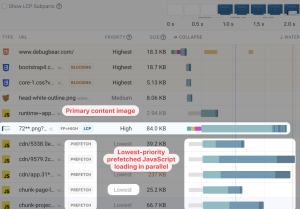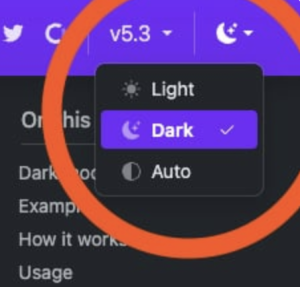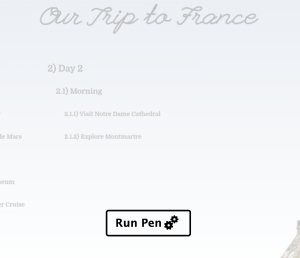How to Identify Companies That Truly Value User Research
In this post, we’ll explore signals of companies that prioritize user research, how to spot red flags, and provide a template of reverse interview questions to help UXRs find better fits for their next role.













